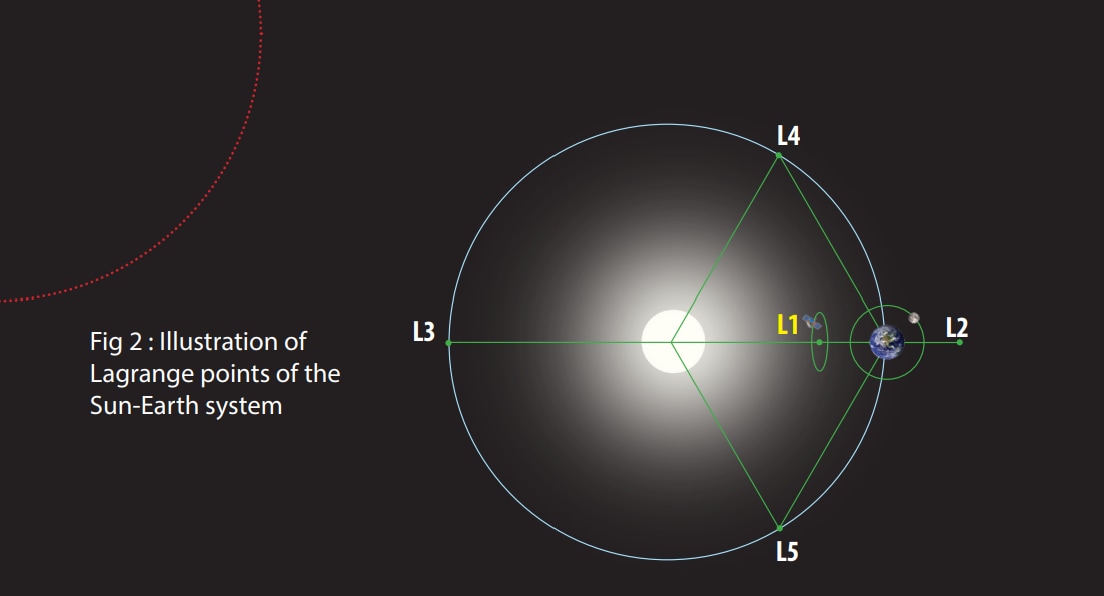Aditya L1, the Indian Space Research Organisation (ISRO)’s first-ever solar mission, is set to be launched from Andhra Pradesh’s Sriharikota on Friday. ISRO will launch the spacecraft at 11.50 am, days after Chandrayaan-3’s historic success, which landed on the Moon’s south pole last Wednesday.
Through Aditya L1, ISRO aims to place the craft in a “halo orbit around the Lagrange point 1 (L1) of the Sun-Earth system, which is about 1.5 million km from the Earth.” Through the mission, ISRO will study the impact of solar activities on space weather in real-time. The other key objectives of the mission also include understanding “coronal heating, coronal mass ejection, pre-flare and flare activities and their characteristics, dynamics of space weather, propagation of particles and fields, etc,” the space agency explained.
The journey to the designated mission site is a staggering 1.5 million km from the Earth and will take about four months to cover, ISRO said.
Aditya L1’s four-month long journey
The ISRO explained on its website that the spacecraft will be initially placed in a low earth orbit.
“Subsequently, the orbit will be made more elliptical and later the spacecraft will be launched towards the Lagrange point L1 by using on-board propulsion,” it said. While travelling towards L1, Aditya L1 will exit the earth’s gravitational Sphere of Influence. Once out of it, its “cruise phase” will begin and the craft will be injected into a large halo orbit around L1. “ The total travel time from launch to L1 would take about four months for Aditya-L1,” the ISRO said.

What are Lagrange points?
Lagrange points are positions in space, where the gravitational force of two celestial bodies (like the Sun-Earth) create pockets of gravitational equilibrium. This allows the spacecraft to remain in one position without having to burn fuel.
There are five Lagrange points in a system like the Earth-Sun system – L1 to L5. The L1 and L2 points, closest to the planet, serve as good spots for observational studies.

NASA’s James Webb Space Telescope, the successor to the famous Hubble telescope, is stationed in L2.



